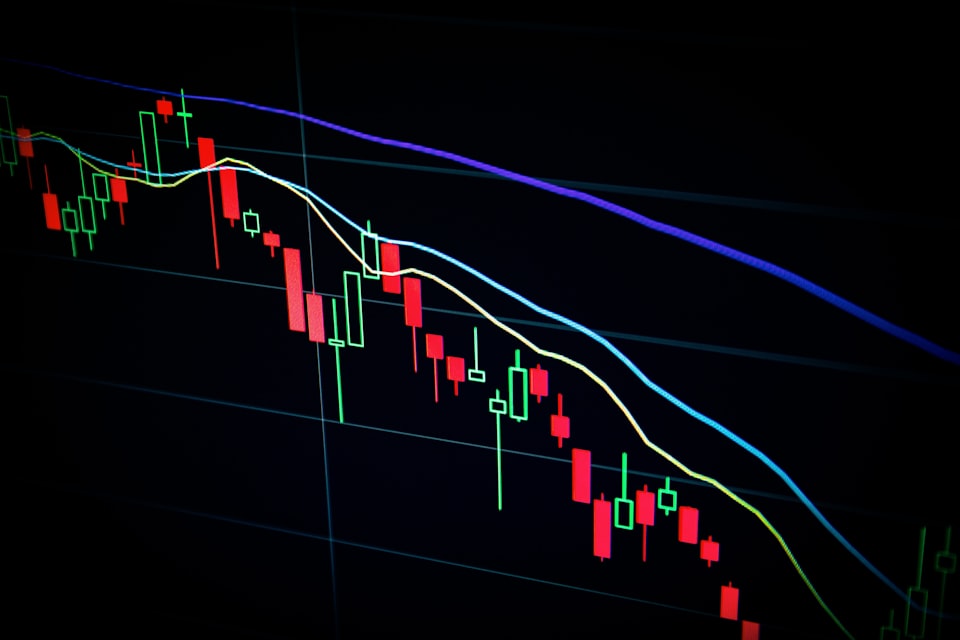Market Update

If corrections and bear markets are supposed to wear down investors' confidence, I'd say the current downturn is certainly doing its job.
But I continue to believe that as long as the major indexes remain above their February 24 "panic lows" - we're still looking at the possibility of a long, drawn-out bottom-forming process that may last until the end of this month (more on that point below).

Things didn't end well on Friday, that's for sure. The S&P 500 lost 1.3%, ending at 4,204. The Nasdaq 100 index dropped -2.07%.
But does it necessarily mean an even bigger plunge for the market in the week ahead?
We'll see.
Friday's Selloff: Meaningless?
Even when times are good, Wall Street traders (and lots of retail traders too) have a tendency to go into weekends "flat." In other words, they sell whatever long positions they have on Friday afternoon, so none of their money is at risk while the market is closed on Saturday and Sunday.
That's probably double-the-situation, given the Ukraine-Russia war on full boil these days.
So come tomorrow's session, I'll be looking for whether there's any serious "follow-through selling."
If not, I'll mark that as yet another possible sign that we're still in a valid bottoming process" at or above the February 24 intraday lows.
Fed Meeting & the Real Bottom?
Next up, on Wednesday, the Federal Reserve will make its latest pronouncement on interest rates. The consensus seems to be that the central bank will hike rates by a quarter-point.
But even if it turns out to be a half-point increase, I don't think it will make much of a difference to the stock market's bottoming process.
What would make a difference perhaps?
Finally seeing the first quarter of 2022 come to a close.

Think about it. As the chart above shows, our correction/bear market began as the calendar turned from 2021 into the new year.
With the S&P 500 down 10% since then, and the Nasdaq down 20% - it makes a lot of sense (to me) that the next big rebound move might likewise start because of a simple calendar change, as we begin the second quarter.
Why would a change from Q1 to Q2 make any difference?
Well, it's mainly because of the herd-like behavior of mutual funds and hedge funds.
At the end of the first quarter, they can dutifully report to their customers that they've spent the prior 3 months adjusting their portfolios, and lowering risks, in order to accommodate the Federal Reserve's first rate-hike in mid-March.
But once their customers' quarterly account statements are mailed out, and the second quarter begins, that leaves them free to put money back to work again. After all, they still have year-end performance bonuses that they'd like to earn.
Obviously, none of this is written in stone.
Some technical analysts are convinced that the S&P 500, for example, won't bottom until it moves below 4,000 (about 5% above the current 4,200 level).
But I'm presenting yet another way to look at the market.
Let's see whether the market's action in the next few weeks continues in this same sort of aimless drift lower. If so, the end of the quarter - still nearly 3 weeks away - might be just what we've been waiting for.
Jeff
Member discussion